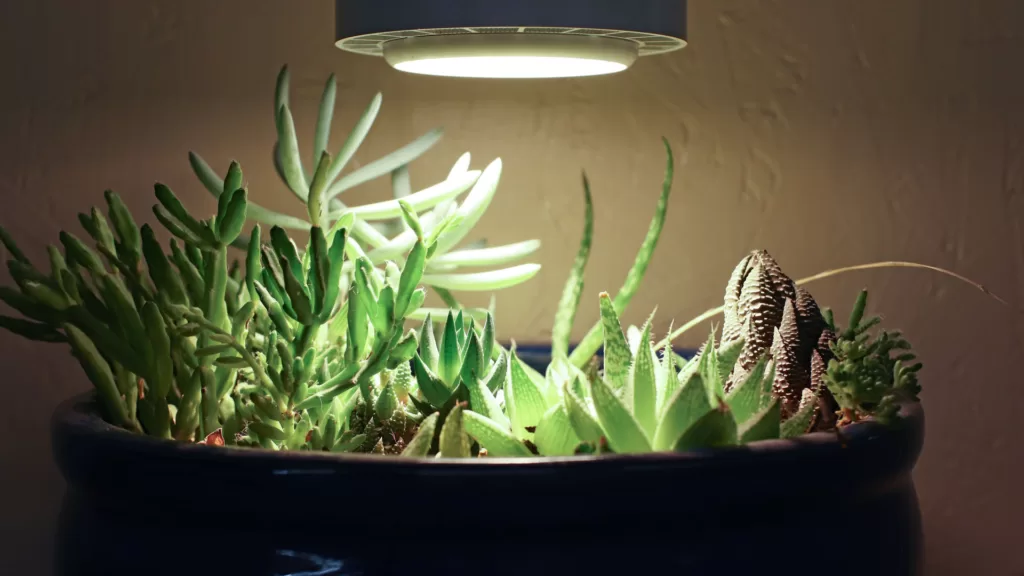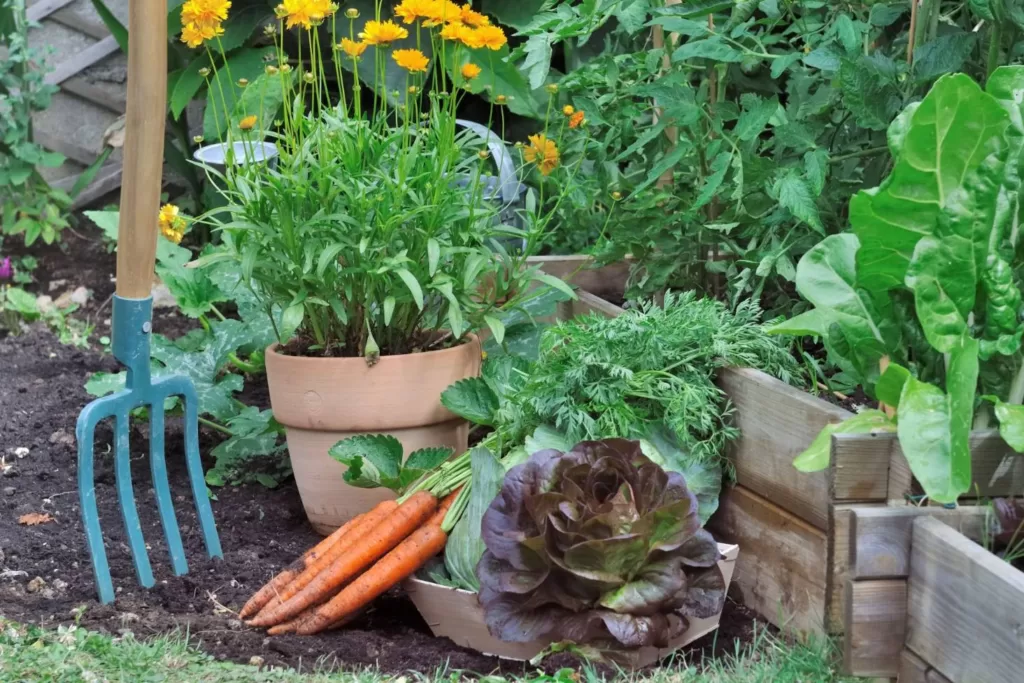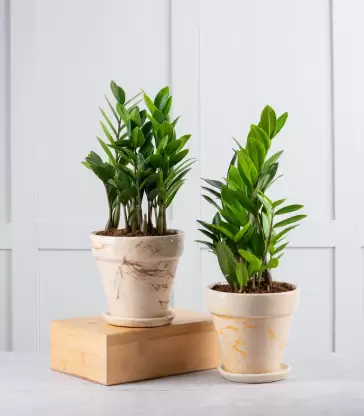Starting a small hydroponic farm can be a rewarding and profitable endeavor, but it also requires a significant investment of time and resources. Here are some steps to help you get started:
- Research and plan: Before you begin, research different types of hydroponic systems and the specific requirements for growing different types of plants. Create a detailed business plan that outlines your goals, target market, projected costs and revenues, and marketing strategies.
- Secure funding: Starting a hydroponic farm can be costly, so you will likely need to secure funding through investors or loans. Be prepared to provide detailed financial projections and a clear plan for how the funds will be used.
- Choose a location: Select a location for your farm that has access to electricity, water, and a reliable source of nutrients. Consider factors such as climate, zoning laws, and the availability of labor.
- Build and set up your hydroponic system: Build or purchase the necessary equipment for your chosen hydroponic system. Make sure to follow all safety and building codes and regulations.
- Obtain necessary licenses and permits: Before you begin growing and selling produce, ensure that you have obtained all necessary licenses and permits from local, state, and federal authorities.
- Select and propagate plants: Choose plants that are well-suited for your chosen system and propagate them using seeds or cuttings. Be prepared for a trial and error period when selecting the plants that work best for your system.
- Market and sell your produce: Develop a marketing strategy to promote your farm and sell your produce to local restaurants, grocery stores, or through a community-supported agriculture (CSA) program.
- Monitor and maintain your system: Regularly monitor and maintain your hydroponic system, including checking the pH and nutrient levels of the water, adjusting the lighting and temperature, and keeping an eye out for pests or diseases.
- Keep records and track progress: keep track of all financial records, production data, and other important information.
Starting a small hydroponic farm can be a challenging and time-consuming endeavor, but with proper planning and execution, it can also be a rewarding and profitable business. It’s important to be persistent and dedicated, to keep learning and experimenting to optimize your farm.
Table of Contents
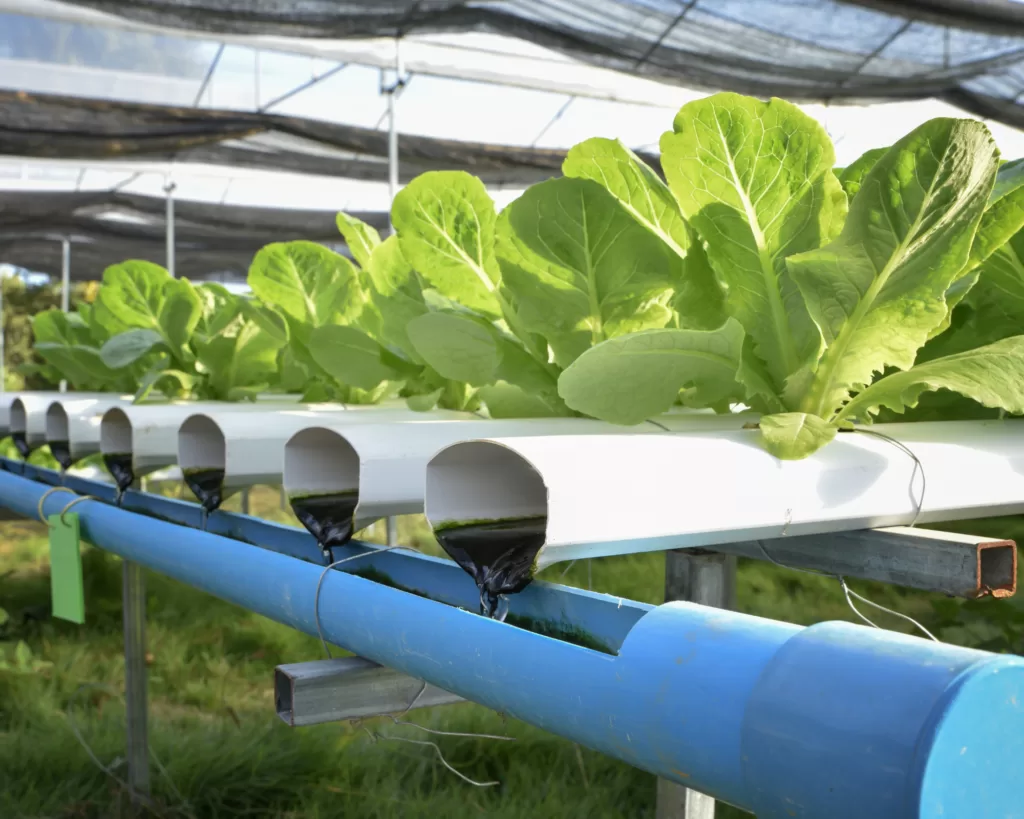
Does hydroponics need sunlight?
Hydroponics does not necessarily require sunlight, as plants can grow using only artificial light sources. However, some hydroponic systems do use natural sunlight as a light source.
Hydroponics use artificial light sources such as LED, fluorescent, high-intensity discharge (HID) lamps, to provide the plants with the necessary light for photosynthesis. These lights can be adjusted to provide different spectra and intensity of light, depending on the type of plants being grown and their growth stage.
In a hydroponic system, plants are grown in a nutrient-rich solution instead of soil, and they absorb the nutrients directly through their roots. Light is still an important factor in the growth of plants, as it is used by the plants in the process of photosynthesis to convert carbon dioxide and water into energy in the form of sugar.
So, in summary, hydroponics can be done without sunlight, but light is still a requirement, and artificial light sources can be used to provide the necessary light for photosynthesis.
Do hydroponic gardens use a lot of electricity?
Hydroponic gardens can use a significant amount of electricity, depending on the type and size of the system. The primary sources of electricity consumption in hydroponic gardens are lighting and water pumps.
- Lighting: Artificial lighting is often used in hydroponic gardens to provide the necessary light for photosynthesis. The type of lights used and the number of lights required will depend on the type of plants being grown and their growth stage. High-intensity discharge (HID) lamps, such as metal halide and high-pressure sodium lamps, are commonly used in hydroponic gardens and can consume a significant amount of electricity. LED lights are also increasingly used in hydroponics as they offer higher energy efficiency, lower heat emission and longer lifespan.
- Water Pumps: Water pumps are used to circulate the nutrient solution through the system and provide the plants with the necessary nutrients. The size and type of pump required will depend on the size of the hydroponic system and the number of plants being grown.
- Ventilation, cooling and heating: Some hydroponic systems require additional equipment to control the temperature and humidity of the grow room. This can include fans, air conditioning, and heaters, which can also consume a significant amount of electricity.
By using energy-efficient equipment, such as LED lights, high-efficiency water pumps, and using appropriate insulation and ventilation, the electricity consumption of hydroponic gardens can be minimized. Some farmers also uses solar energy to power their hydroponic systems, which can significantly reduce their energy costs.
It’s important to consider the energy consumption of your hydroponic system when planning your operation, and plan accordingly to keep costs down. This can be done by calculating the energy consumption of the different components of your system, and identifying areas where energy savings can be made.

Is hydroponic healthier than organic?
The question of whether hydroponic produce is healthier than organic produce is a matter of debate. Both hydroponic and organic farming methods have their own unique advantages and disadvantages when it comes to producing healthy and nutritious food.
- Hydroponics: Hydroponics is a method of growing plants in a nutrient-rich solution rather than soil. This allows for precise control over the plants’ nutrient intake, which can result in faster growth and higher yields. Hydroponic systems are also less susceptible to pests and diseases, and can be grown year-round in controlled environments. Additionally, hydroponics uses less water and land than traditional farming.
- Organic: Organic farming is a method of growing food that avoids the use of synthetic fertilizers, pesticides, and genetically modified organisms. Organic produce is often considered healthier because it is grown without the use of harmful chemicals. Organic farming methods also help to promote biodiversity and soil health.
In terms of nutritional value, both hydroponic and organic produce can be healthy and nutritious. However, some argue that organic produce may be healthier due to the absence of synthetic fertilizers and pesticides. However, it’s worth noting that hydroponics can also use organic fertilizers and don’t use pesticides, so it’s not always a clear distinction.
It’s also important to note that hydroponics and organic farming are not mutually exclusive, and some hydroponic systems use organic methods.
Ultimately, the healthfulness of produce is determined by a variety of factors, including the specific growing methods used, the quality of the soil or nutrient solution, and the presence of pests and diseases. The most important thing is to choose fruits and vegetables that are fresh, ripe and grown with care, regardless of the method used to cultivate them.
Is hydroponics healthier than soil?
The question of whether hydroponics is healthier than soil-based farming is a matter of debate. Both hydroponics and soil-based farming have their own unique advantages and disadvantages when it comes to producing healthy and nutritious food.
- Hydroponics: Hydroponics is a method of growing plants in a nutrient-rich solution rather than soil. This allows for precise control over the plants’ nutrient intake, which can result in faster growth and higher yields. Hydroponic systems are also less susceptible to pests and diseases, and can be grown year-round in controlled environments. Additionally, hydroponics uses less water and land than traditional farming.
- Soil-based farming: Soil-based farming, also known as traditional farming, is the most common method of growing food. It involves planting seeds or seedlings in soil and providing them with the necessary water and nutrients for growth. Soil-based farming is often considered healthier because it allows plants to develop a natural root system and access to a diverse array of microorganisms that live in the soil.
In terms of nutritional value, both hydroponic and soil-based produce can be healthy and nutritious. However, some argue that soil-based produce may be healthier because it allows plants to access a wider range of nutrients and microorganisms that can contribute to their overall health. Additionally, soil-based farming can promote biodiversity, and soil health which are important for overall ecosystem health.
It’s also worth noting that hydroponics can also use organic fertilizers, and don’t use pesticides, so it’s not always a clear distinction between the two.
Ultimately, the healthfulness of produce is determined by a variety of factors, including the specific growing methods used, the quality of the soil or nutrient solution, and the presence of pests and diseases. The most important thing is to choose fruits and vegetables that are fresh, ripe, and grown with care, regardless of the method used to cultivate them.
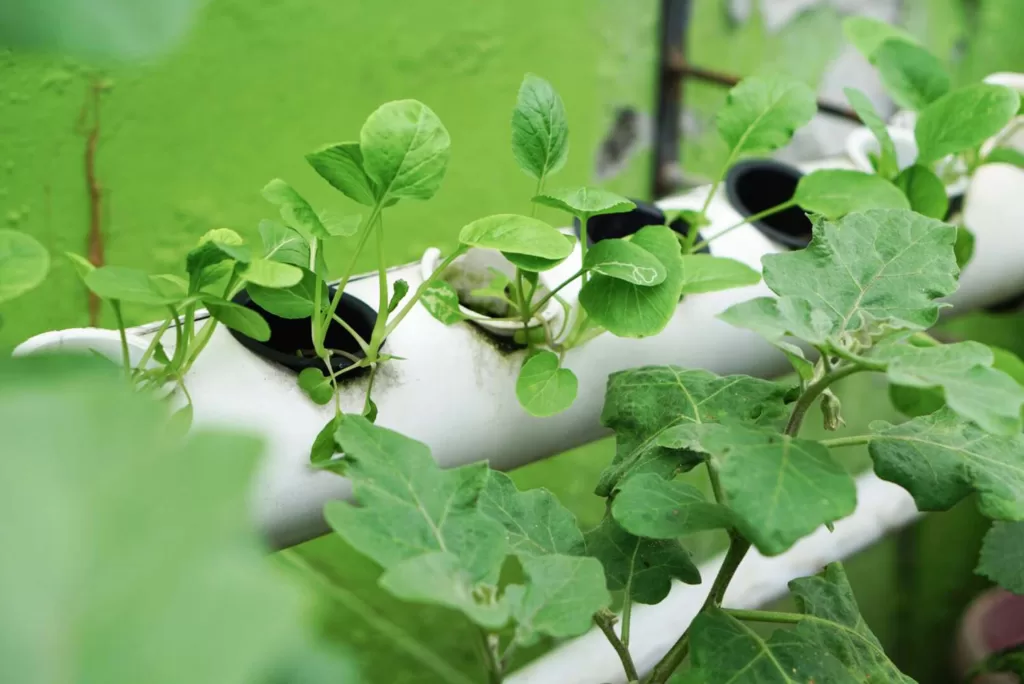
What is the problem with hydroponics?
Hydroponics is a method of growing plants in a nutrient-rich solution rather than soil, and it has several advantages over traditional soil-based farming. However, it also has some potential drawbacks. Some of the main problems with hydroponics include:
- High cost: Setting up a hydroponic system can be expensive, especially for larger operations. The equipment and materials needed for hydroponics can be costly, and the cost of electricity for lighting and pump systems can be high.
- Complexity: Hydroponic systems can be complex and require a good deal of technical knowledge to set up and maintain. Beginners may have difficulty understanding how to properly adjust pH levels and nutrient concentrations, and troubleshoot problems with the system.
- Dependence on electricity: Hydroponic systems rely on electricity to power pumps and lighting, which can be problematic in case of power outages or other issues.
- Limited crop variety: Some plants may not be well-suited to hydroponic growing conditions, and the variety of crops that can be grown hydroponically is more limited than in traditional soil-based farming.
- Pest and disease control: Pest and disease can be harder to control in hydroponic systems because they rely on the closed environment, which can be hard to access and clean. If not properly maintained, pests and disease can quickly spread and cause significant damage to the crop.
- Water conservation: Hydroponics uses water in closed-loop systems, which is less efficient than traditional soil-based farming.
- Quality of produce: Some argue that hydroponic produce may not be as flavorful or nutritious as soil-grown produce, though this has not been proven.
It’s worth noting that many of these problems can be mitigated or avoided with proper planning, maintenance, and adequate resources. Additionally, many hydroponic systems use organic methods, which can address some of the issues.
Are there disadvantages to hydroponics?
Yes, there are several disadvantages to hydroponics, including:
- High cost: Setting up a hydroponic system can be expensive, especially for larger operations. The equipment and materials needed for hydroponics can be costly, and the cost of electricity for lighting and pump systems can be high.
- Complexity: Hydroponic systems can be complex and require a good deal of technical knowledge to set up and maintain. Beginners may have difficulty understanding how to properly adjust pH levels and nutrient concentrations, and troubleshoot problems with the system.
- Dependence on electricity: Hydroponic systems rely on electricity to power pumps and lighting, which can be problematic in case of power outages or other issues.
- Limited crop variety: Some plants may not be well-suited to hydroponic growing conditions, and the variety of crops that can be grown hydroponically is more limited than in traditional soil-based farming.
- Pest and disease control: Pest and disease can be harder to control in hydroponic systems because they rely on the closed environment, which can be hard to access and clean. If not properly maintained, pests and disease can quickly spread and cause significant damage to the crop.
- Water conservation: Hydroponics uses water in closed-loop systems, which is less efficient than traditional soil-based farming.
- Quality of produce: Some argue that hydroponic produce may not be as flavorful or nutritious as soil-grown produce, though this has not been proven.
It’s worth noting that many of these problems can be mitigated or avoided with proper planning, maintenance, and adequate resources. Additionally, many hydroponic systems use organic methods, which can address some of the issues.



